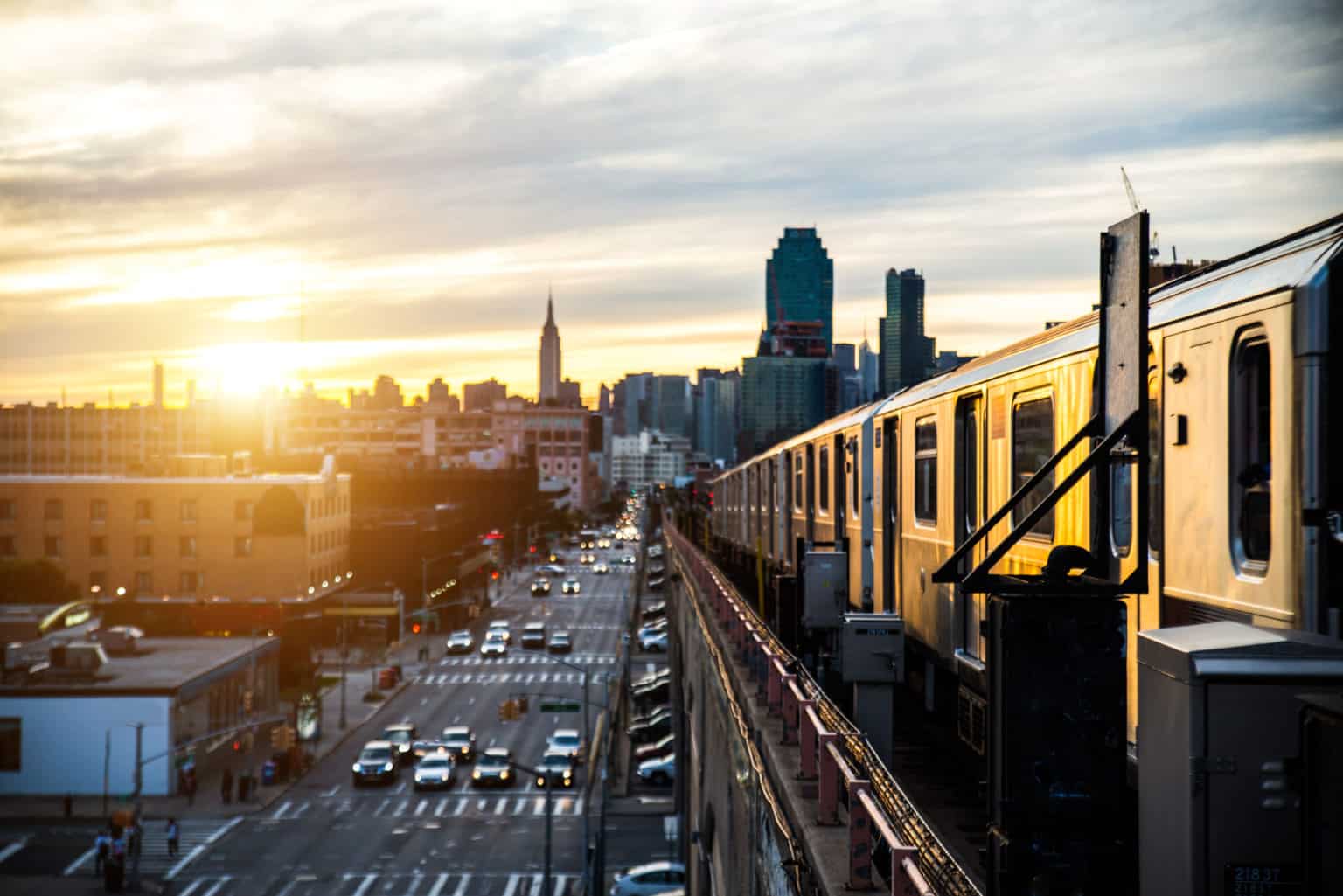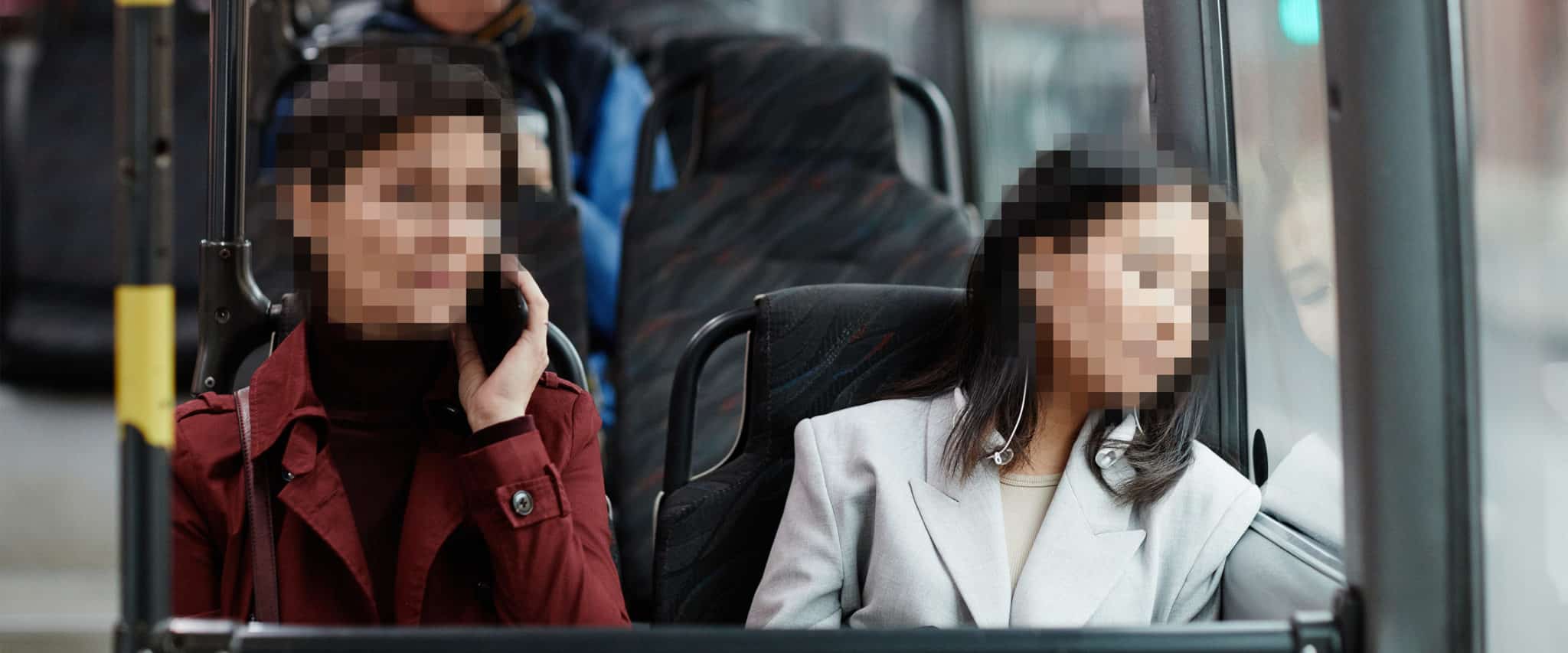ISJ Exclusive: Keeping things moving in transport security


James Thorpe
Share this content
Adam Ring, Senior Manager for Tech Services and Sales Engineering, i-PRO Americas, Inc. investigates how we can secure mass transit organisations.
Bus, rail and subway systems are struggling to rebound after ridership plummeted during the pandemic. Part of riders’ hesitancy is tied to safety. And, as passengers and lawmakers call for greater security funding and oversight for transit systems, transit organisations are under increased pressure to modernise their security infrastructure.
Unique and challenging security requirements
Mass transit organisations face many security challenges ranging from safeguarding passengers and operators to protecting valuable equipment to supporting health and safety measures. This begins with creating the safest environment possible by using appropriate signage and, when necessary, audible warnings supported by technology, such as surveillance cameras, that will document what has happened if an incident occurs.
Incidents of concern within a transit setting can take on several forms ranging from legitimate accidents or crimes to false claims. Examples can be anything from intentional falls down a flight of stairs to potential, and actual, suicides.
Securing buses, trains and stations presents unique technical challenges. The inside of a moving vehicle is a difficult installation space because it is typically a limited area, but onboard security cameras must offer a wide field of view in order to ensure every corner of the bus or train is covered. It is also just as important to capture crisp, detailed images in all lighting and weather conditions.
Lighting levels can be challenging and unpredictable depending on anything from the direct glare of the morning sun to the darkness of the night.
Lighting levels can be challenging and unpredictable depending on anything from the direct glare of the morning sun to the darkness of the night. Lighting conditions can also change quickly. Passing suddenly from bright outdoor sunlight into dark tunnels can leave some cameras temporarily blinded – and if that wasn’t enough, there’s the threat of contending with unwanted tampering by vandals.
Modern, vandal-proof security cameras can provide reliable monitoring under any lighting and environmental conditions. They provide stable, high-resolution video quality even when buses or trains are moving. The latest advances in surveillance video analytics, which can be programmed to send alerts when certain pre-set actions occur, can help determine when such dangerous behaviours come into play. Analytics can also be useful in alerting security about other suspicious behaviours at a transit stop, such as an untended bag or package or a person going into a restricted area.
Breaking away from proprietary and siloed systems
One of the significant challenges for the transportation industry is the prevalence of proprietary analog video systems, recording devices and software. Proprietary solutions, even if they have a path to modern IP networked infrastructure, limit the flexibility, growth and potential to integrate with other systems. Bus and light rails are a typical example where proprietary systems require staff to manually swap hard drives from vehicles. If a camera or recorder is non-functioning, it’s only discovered when video evidence is missing.
The best solutions should enable more integration and automation where flagged events and data are automatically offloaded via 5G/4G and system and device status is available in real time. As trains and buses move along their routes, especially those that service outlying areas, internet connectivity can become an issue. Because it may be difficult for video to be sent in transit, modern security bus barns are equipped with Wi-Fi so that with the right system, video events from onboard cameras can be automatically downloaded at the end of the day with no human intervention required.
Since recording video 24/7/365 and storing it is not feasible, modern systems enable sophisticated rules and triggers to flag moments of interest. This can be as easy as triggering a marker in the video when the door opens, or more sophisticated, such as having the driver press a button anytime they feel something of interest might be happening. This makes searching for significant events much easier if something should require further investigation.
The transportation industry is ripe for revitalisation as many transit agencies are learning how old, siloed ways of thinking and working have held them back for too long. For many public transit authorities, physical security solutions are often selected according to each department’s independent needs. And, while advances in technology could be empowering transit authorities to offer a better and more efficient service for commuters, many cities find internal barriers slowing or even preventing them from taking advantage of these innovations. Now, as older transit vehicles and technologies are phasing out, there’s an opportunity to re-strategise.

Funding upgrades
Finding enough funding to meet all security and safety goals can be a hurdle for transit organisations. Even with thousands of federal, state and foundation contracts and grants made available every year, researching and filling out applications for grants and contracts can be a lengthy process that demands highly experienced individuals who know how to make a compelling case for funding. When looking to upgrade their security infrastructure, mass transit organisations should look for manufacturers who can support them through every step of the process with contract and grant information, customised funding research and consultation services.
Going beyond security
With more connected IoT devices onboard public transit vehicles, agencies can collect more data from their fleet and offer better updates to commuters. An IoT device, such as a security camera, can also be thought of as an in-vehicle data collector to retrieve information for analysis by a central platform.
For example, an agency can track their fleet’s exact GPS location as well as each vehicle’s current onboard situation, like its number of riders. AI-enabled security devices can also instantly alert transit operators to intrusion, loitering, aggression, left-behind objects or smoke, improving their capability for a fast response. If incidents do happen, support for embedded search capabilities makes the investigation and identification fast, accurate and easy. Security technology can also be a source of network insights that lead to improvements in passenger service. Data-driven solutions can also help agencies capture data about passenger flow, mobility and accessibility that can inform future planning.
By choosing non-proprietary security systems, transit agencies can consolidate and correlate the data between their various systems. When operators have a clear picture of their agency, they can quickly turn accurate data into actionable information faster.
Cybersecurity
Because transit agencies rely on an ever-growing number of IoT devices, they also get exposed to higher cybersecurity risks as there are more network access points to manage. Cybersecurity breaches are on the rise in the transit industry in the form of ransomware attacks, private data breaches and hardware that can have malware.
Since recording video 24/7/365 and storing it is not feasible, modern systems enable sophisticated rules and triggers to flag moments of interest.
The thought of anyone gaining unauthorised access to the video feeds on these systems is alarming. More concerning, however, is that the devices meant to keep riders and operators safe could be exploited by unauthorised users or hackers, threatening the security of an entire transit system’s network. An improperly installed, inadequately secured or untrustworthy device can have a huge impact. Without the proper protection, cybercriminals can gain access to vulnerable devices, including video surveillance cameras and door controllers, and attack all manner of sensitive data and systems with potentially devastating repercussions.
Privacy
Cybersecurity and privacy go hand in hand. When it comes to physical security technology, transit organisations need tools that allow security professionals to gather and manage data, including video, while supporting compliance with privacy laws around the world.
They need solutions that are designed to help enhance cyber hygiene and respect privacy regulations by making data and privacy protection features integral to their system design. Transit agencies should therefore look for security solutions that not only protect data but also preserve the privacy of individuals.
Video surveillance solutions should be designed with privacy protection features to protect innocent bystanders by anonymising individuals in the camera’s field of view without obscuring actions and movements. If an incident occurs, authorised operators should be able to access video evidence to see what is happening in the footage without violating anyone’s privacy.
Looking ahead
Ultimately, mass transit organisations should avoid proprietary solutions that lock them into an ecosystem and limit their future choices. Instead, they should opt for open platform solutions that allow an easy data exchange between systems and quickly scale and adapt to the future needs and emerging technologies.
Modern video systems can transform, not only security, but operations and customer service by supplying actionable insights that monitor customer experience throughout their journey.
This article was originally published in the July edition of International Security Journal. To read your FREE digital copy, click here.



